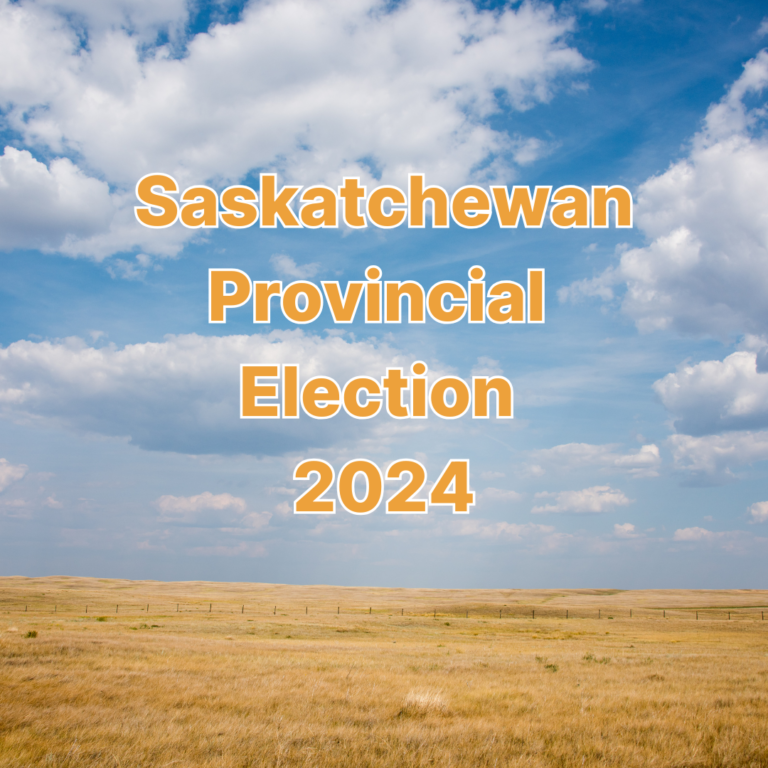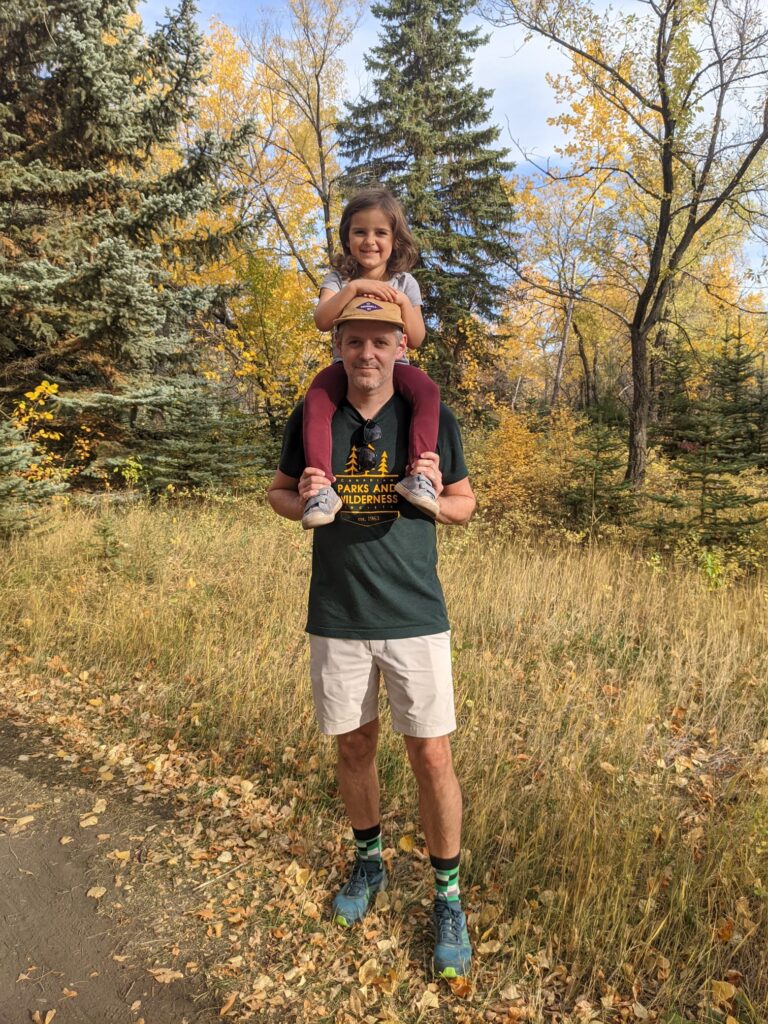CPAWS Saskatchewan has partnered with the northern communities of the Athabasca Basin as represented by Ya' thi Néné Lands and Resources and the Government of Saskatchewan to support Indigenous-led conservation and protection in the region. This project looks to protect over 600,000 hectares of thriving boreal forest and sub-alpine tundra, ensuring that the vast stretches of land that both woodland and barren-ground caribou need to thrive are not destroyed.
The Indigenous communities and organizations with whom we have partnered are working towards identifying areas that will ensure that their traditional values and legacy of responsible land use are upheld for generations to come.
Visit this page in the coming months for updates on the establishment of this new and exciting Indigenous-led project!
Take Action
Caribou habitat, Caribou people
Threats to the Basin

Industrial Activity
While logging and peat mining are not a threat in the North like they are in Central Saskatchewan, the mineral-rich boreal shield is under great threat of pollution and disruption from mines of every variety-- especially uranium.



Habitat Loss
Fires, industry, urban development; they all have an impact on the size and quality of the caribou habitat in the Athabasca Basin. Roads represent major linear disruptions, and mines pollute the land, water, and skies.




